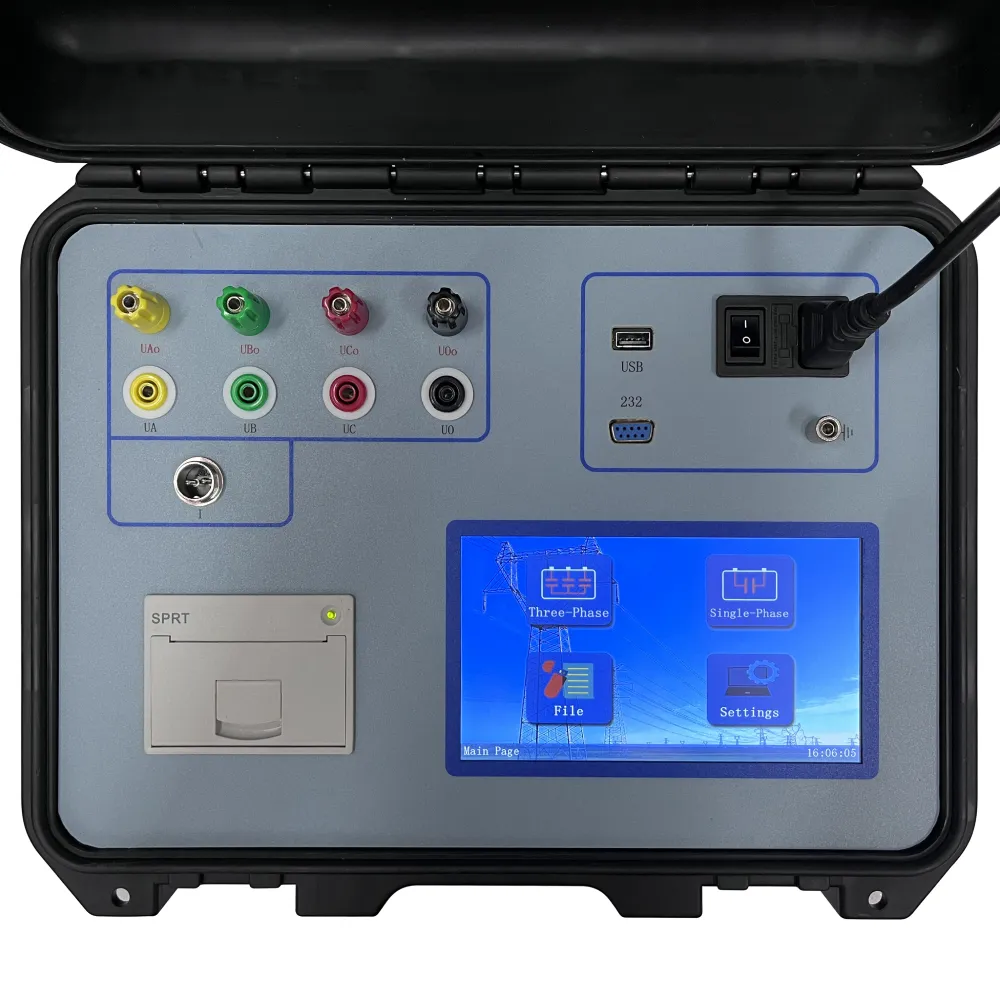 English
English



-
 Afrikaans
Afrikaans -
 Albanian
Albanian -
 Amharic
Amharic -
 Arabic
Arabic -
 Armenian
Armenian -
 Azerbaijani
Azerbaijani -
 Basque
Basque -
 Belarusian
Belarusian -
 Bengali
Bengali -
 Bosnian
Bosnian -
 Bulgarian
Bulgarian -
 Catalan
Catalan -
 Cebuano
Cebuano -
 China
China -
 China (Taiwan)
China (Taiwan) -
 Corsican
Corsican -
 Croatian
Croatian -
 Czech
Czech -
 Danish
Danish -
 Dutch
Dutch -
 English
English -
 Esperanto
Esperanto -
 Estonian
Estonian -
 Finnish
Finnish -
 French
French -
 Frisian
Frisian -
 Galician
Galician -
 Georgian
Georgian -
 German
German -
 Greek
Greek -
 Gujarati
Gujarati -
 Haitian Creole
Haitian Creole -
 hausa
hausa -
 hawaiian
hawaiian -
 Hebrew
Hebrew -
 Hindi
Hindi -
 Miao
Miao -
 Hungarian
Hungarian -
 Icelandic
Icelandic -
 igbo
igbo -
 Indonesian
Indonesian -
 irish
irish -
 Italian
Italian -
 Japanese
Japanese -
 Javanese
Javanese -
 Kannada
Kannada -
 kazakh
kazakh -
 Khmer
Khmer -
 Rwandese
Rwandese -
 Korean
Korean -
 Kurdish
Kurdish -
 Kyrgyz
Kyrgyz -
 Lao
Lao -
 Latin
Latin -
 Latvian
Latvian -
 Lithuanian
Lithuanian -
 Luxembourgish
Luxembourgish -
 Macedonian
Macedonian -
 Malgashi
Malgashi -
 Malay
Malay -
 Malayalam
Malayalam -
 Maltese
Maltese -
 Maori
Maori -
 Marathi
Marathi -
 Mongolian
Mongolian -
 Myanmar
Myanmar -
 Nepali
Nepali -
 Norwegian
Norwegian -
 Norwegian
Norwegian -
 Occitan
Occitan -
 Pashto
Pashto -
 Persian
Persian -
 Polish
Polish -
 Portuguese
Portuguese -
 Punjabi
Punjabi -
 Romanian
Romanian -
 Russian
Russian -
 Samoan
Samoan -
 Scottish Gaelic
Scottish Gaelic -
 Serbian
Serbian -
 Sesotho
Sesotho -
 Shona
Shona -
 Sindhi
Sindhi -
 Sinhala
Sinhala -
 Slovak
Slovak -
 Slovenian
Slovenian -
 Somali
Somali -
 Spanish
Spanish -
 Sundanese
Sundanese -
 Swahili
Swahili -
 Swedish
Swedish -
 Tagalog
Tagalog -
 Tajik
Tajik -
 Tamil
Tamil -
 Tatar
Tatar -
 Telugu
Telugu -
 Thai
Thai -
 Turkish
Turkish -
 Turkmen
Turkmen -
 Ukrainian
Ukrainian -
 Urdu
Urdu -
 Uighur
Uighur -
 Uzbek
Uzbek -
 Vietnamese
Vietnamese -
 Welsh
Welsh -
 Bantu
Bantu -
 Yiddish
Yiddish -
 Yoruba
Yoruba -
 Zulu
Zulu
dynamo current generator
Understanding Dynamo Current Generators Principles and Applications
Dynamo current generators, commonly referred to as dynamos, are devices that convert mechanical energy into electrical energy through the process of electromagnetic induction. These machines have played a crucial role in the development of electrical engineering and continue to be significant in various applications, ranging from small-scale operations to larger industrial systems.
At the core of a dynamo is the principle of electromagnetic induction, discovered by Michael Faraday in the 19th century. When a conductor, such as a copper wire, moves through a magnetic field, an electric current is induced within the wire. Dynamos typically consist of a rotating coil of wire situated within a magnetic field. As the coil rotates, it cuts through the lines of magnetic flux, generating a direct current (DC) that can be harnessed for various uses.
Understanding Dynamo Current Generators Principles and Applications
One of the critical features of a dynamo is its ability to produce a stable and consistent direct current output. The commutator, a rotating switch, helps to maintain the direction of the current, ensuring that the output remains unidirectional despite the alternating nature of the induced current. This feature makes dynamos particularly useful in applications where DC power is required, such as in charging batteries, powering small motors, and providing electricity for lighting systems in older technologies.
dynamo current generator

Dynamos gained widespread popularity in the late 19th and early 20th centuries as they were adapted for use in electric power generation. They were instrumental in the early electrification of cities and industries. However, with the advent of more efficient technologies such as alternators and electronic rectifiers, the use of dynamos has diminished in some sectors. Yet, they still find critical applications where simplicity, robustness, and reliability are paramount.
In the modern context, dynamos are employed in various situations, particularly in off-grid power systems or in combination with renewable energy sources. For instance, small-scale wind turbines often incorporate dynamos to convert wind energy into electrical energy. They are also used in bicycle generators, where pedaling the bike turns the dynamo, generating power for lights and other small devices.
Moreover, the education sector frequently utilizes dynamo projects in physics experiments to demonstrate the principles of electricity and magnetism. Building a simple dynamo allows students to engage in hands-on learning, deepening their understanding of fundamental concepts in electrical engineering.
In conclusion, while modern technologies have overshadowed dynamos in many applications, these generators remain a testament to the ingenuity of early electrical engineers. Their fundamental principles continue to educate and inspire innovation, ensuring that the legacy of dynamos lives on in both practical applications and educational settings. As we advance in the field of renewable energy and small-scale power systems, the dynamo's simplicity and reliability will likely continue to be valued by engineers and enthusiasts alike.
-
Testing Equipment Industry Sees Major Advancements in 2025: Smart & Precision Technologies Lead the WayNewsJun.06,2025
-
Applications of Direct Current Generators in Renewable Energy SystemsNewsJun.05,2025
-
Hipot Tester Calibration and Accuracy GuidelinesNewsJun.05,2025
-
Digital Circuit Breaker Analyzer Features and BenefitsNewsJun.05,2025
-
Benefits of Real-Time Power Quality Monitoring Devices for Industrial EfficiencyNewsJun.05,2025
-
Earth Fault Loop Testing in High-Rise Building Electrical SystemsNewsJun.05,2025



